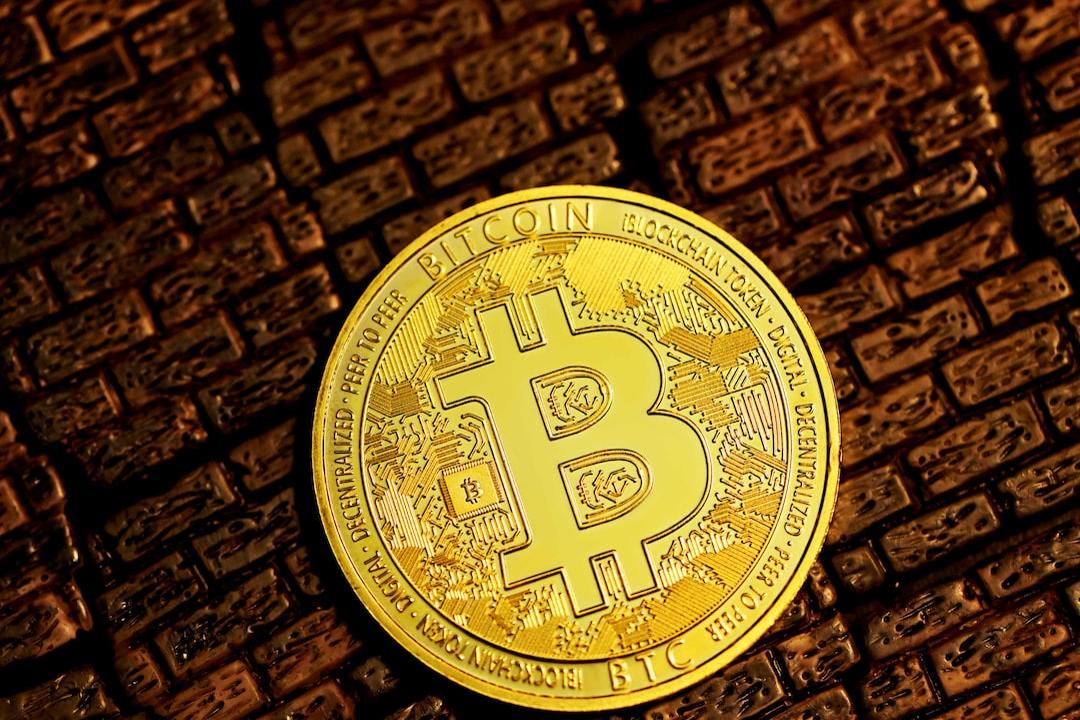Dollar Drops to Lowest Level in Over Two Years, Funds Accelerate Towards Emerging Markets
The iShares MSCI Emerging Markets ETF (EEM), holding 800 emerging market stocks, has risen for nine consecutive trading days, marking the longest rally since the fund’s inception in 2016. The index has also returned to levels seen before the outbreak of the Ukraine-Russia war, indicating that a new wave of capital rotation has just begun in the market.
Dollar Depreciation Driving Risk Asset Revaluation
Otavio Costa, a macro strategist at Crescat Capital, stated in an interview with Benzinga that if the dollar continues to depreciate, investors will actively seek allocations in natural resources and undervalued emerging markets. If people believe the dollar will weaken, they will look to allocate to assets with intrinsic value, and emerging markets present such investment opportunities.
Costa believes that the current debt burden in the United States has transformed into a structural issue for the dollar. He pointed out that federal and local government interest expenditures comprise about 5% of GDP, significantly higher than around 1% for developed countries like Germany, Japan, and Canada. This indicates that the fiscal flexibility of the U.S. is relatively weak, and it may face pressure to lower interest rates faster than other countries. Once the interest rate spread narrows, the dollar may weaken further.




Brazilian Market as a Potential Emerging Market
Regarding valuations, Costa noted that the Cyclically Adjusted Price-To-Earnings (CAPE) ratio for U.S. stocks has reached 35, close to historical extremes. In contrast, Brazil’s CAPE is only about 12. He questioned why capital should not be allocated to those undervalued markets. He is particularly optimistic about Brazil, not only because its stock market valuations are attractive but also due to the decent return potential of the local bond market.
Canada May Become a Safe Haven After Dollar Weakness
Among developed countries, Canada is seen as an undervalued potential market. Costa pointed out that Canada is a noteworthy contrarian investment target. Although not an emerging market, Canada’s high correlation with natural gas and commodities presents market opportunities. Costa believes that the Canadian dollar has been underweighted in the market, and with oil and gas prices highly correlated, it may experience a catch-up opportunity during a period of dollar weakness and commodity upcycles.
In terms of fixed income, Canadian bonds are also attractive to conservative capital due to their robust yield structure and better inflation control. As the market reassesses risks and returns, Canada may play a role as a safe haven among developed countries.
Global Market Rotation Emerging, Multiple Countries Attracting Capital Attention
In addition to Brazil and Canada, Costa also mentioned that Argentina and India have performed well recently, particularly with Argentina seeing significant capital inflow after political reforms. In Asia, Japanese and European stock markets have recently outperformed the U.S., further indicating that investment capital is flowing from the overvalued U.S. stock market into other undervalued regions.
Dollar Breaks Psychological Barrier, Market Bearish Sentiment Rising
The dollar index recently fell to 98.2 points, the lowest level since April 2022. The market generally believes that President Trump’s remarks about the dismissal of Federal Reserve Chairman Jerome Powell have heightened concerns about U.S. political interference in monetary policy. Several investment banks, including Goldman Sachs, have turned bearish on the dollar, warning that confidence in the dollar may be eroded, further triggering inflation risks.
According to data from the Commodity Futures Trading Commission (CFTC), institutional investors’ net short positions on the dollar have risen to the highest level since 2013, indicating a growing pessimism about the future trend of the dollar.
Emerging Markets and Resource-based Economies as Safe Havens for Capital
As the dollar weakens, emerging market indices have rebounded to levels seen in February 2022. Costa emphasized that the current rising proportion of U.S. interest expenditures to GDP will increase pressure for rate cuts, further driving capital into emerging markets and resource-based economies like Brazil and Canada, in search of higher returns and risk hedging.
The ongoing dollar weakness and global capital rotation trends may reshape the investment landscape. Investors should closely monitor this trend’s development and adjust asset allocations timely to respond to potential market volatility. This article is purely a market observation and not investment advice.
Risk Warning
Investing in cryptocurrencies carries a high level of risk, and prices can fluctuate dramatically. You may lose all your principal. Please assess risks carefully.

